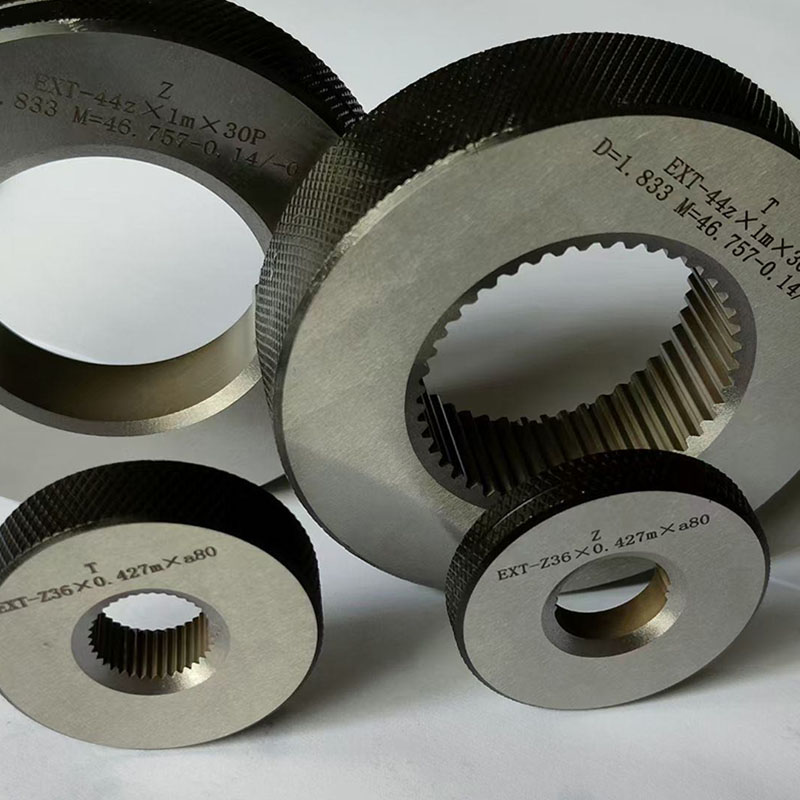Oct . 18, 2024 04:45 Back to list
Comparison of Gate Valves and Globe Valves in Industrial Applications
Understanding Gate Valves and Globe Valves A Comprehensive Overview
Valves are integral components in many industrial processes, playing a crucial role in regulating the flow of liquids and gases. Among the various types of valves available, gate valves and globe valves are two of the most commonly used. Each type has its unique characteristics, advantages, and applications, making it essential for engineers and operators to understand their differences and uses.
Gate Valves Structure and Functionality
Gate valves are designed primarily for on/off control. The name 'gate' comes from the mechanism that operates inside the valve; it consists of a barrier (or gate) that can be lifted or lowered to permit or block fluid flow. The structure of a gate valve typically includes a round or rectangular opening and a gate that moves perpendicular to the flow. When the gate is fully lifted, the valve offers minimal resistance to flow, resulting in low pressure drops.
One of the key features of gate valves is that they are not suitable for throttling or flow regulation. They are primarily used in applications where the valve is either fully open or fully closed. This design minimizes turbulence and enhances the efficiency of the flow in pipelines, making gate valves ideal for systems where a straight-line flow is essential.
Another advantage of gate valves is their durable construction. Made from materials like cast iron, carbon steel, or stainless steel, they can withstand high pressures and are generally corrosion-resistant. Common applications for gate valves include water supply systems, oil and gas industries, and power plants, where they control the flow of fluids with minimal resistance.
Globe Valves Structure and Functionality
gate and globe valve

In contrast to gate valves, globe valves are designed for regulating flow. They take their name from their globe-like shape, which contains a movable disk that can be positioned to adjust the flow opening. This mechanism allows for more precise control over fluid flow compared to gate valves. The disk can be raised or lowered to create varying levels of restriction, making globe valves suitable for throttling applications.
The internal design of a globe valve often involves an S-shaped passageway, which causes fluid to change direction as it passes through. While this design allows for excellent flow control, it also introduces some pressure loss due to the increased resistance caused by the change in flow direction. Nevertheless, the ability to finely tune flow makes globe valves ideal for systems that require accurate flow regulation, such as in chemical processing, steam systems, and heating applications.
Comparative Analysis Gate vs. Globe Valves
When choosing between gate valves and globe valves, several factors should be considered. First is the application requirement if the need is merely to start or stop fluid flow with minimal pressure loss, a gate valve is preferable. However, if the application necessitates precise flow modulation, a globe valve would be the better choice.
Another factor to weigh is the maintenance and lifespan of the valves. Gate valves generally require less maintenance and can have a longer operational lifespan under suitable conditions. Globe valves, while more complex, may require frequent adjustments and checks if they are used for frequent throttling.
Conclusion
In summary, both gate valves and globe valves serve vital functions in fluid control and regulation in various industrial applications. Understanding their design, functionality, and best uses is crucial for optimizing system efficiency and reliability. By selecting the appropriate valve type according to specific operational needs, engineers and operators can ensure smoother operations, reduced energy consumption, and prolonged equipment life. Whether in a water treatment plant, an oil refinery, or a chemical processing facility, the right valve choice contributes to the overall success of the project.
-
Why Metric Trapezoidal Thread is Ideal for Precision Motion ControlNewsAug.05,2025
-
The Unique Properties of a Block of Granite for Industrial UseNewsAug.05,2025
-
The Role of Flanged Y Strainers in Preventing Pipeline ClogsNewsAug.05,2025
-
The Importance of Regular Calibration for Master Ring GagesNewsAug.05,2025
-
How a Cast Iron Surface Table Enhances Accuracy in ManufacturingNewsAug.05,2025
-
Comparing Different Check Valve Types for Optimal Flow ControlNewsAug.05,2025
Related PRODUCTS









